The World's New Natural Wonders
The Earth, which created by God above is really beautiful. We humans must take good care of it for we may not know exactly how long will it last. We can see everyday in news about the different natural and man made events that destroy our nature and everything in it but God is really merciful for giving us the unconditional love. Because of His love, He still create wonderful places and things around us.
This summer, the UN agency added some particularly picturesque landscapes to its list of new natural wonders of the World.
This summer, the UN agency added some particularly picturesque landscapes to its list of new natural wonders of the World.
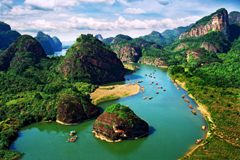
China Danxia
Xinhua/Xinhua Press/Corbis
China
China Danxia
The region known as China Danxia spans six subtropical areas approximately 310 miles southwest of Xi'an, home of the terra-cotta warriors. Red sandstone pillars, ravines, and other fantastical shapes recall Mars more than they do southwestern China.
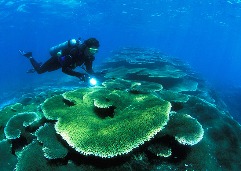
Phoenix Islands Protected Area, Kiribati
Nick Norman/National Geographic/Getty Images
Kiribati
Phoenix Islands Protected Area
Hundreds of species of fish, mammals, and birds have made their home in and around the Phoenix Islands, about 6,000 miles northwest of Fiji in the South Pacific. The island region is the world's largest marine protected area.
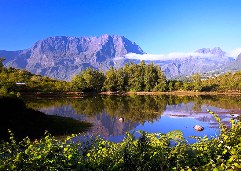
Réunion National Park, Réunion Island, France
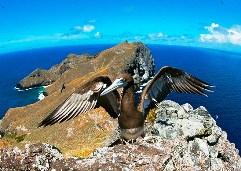

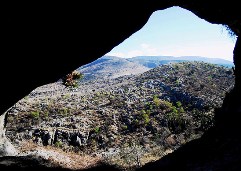
Michele Falzone/Getty Images
France
Réunion National Park, Réunion Island
Creole-flavored Réunion Island lies in the southwest Indian Ocean approximately 400 miles off the eastern coast of Madagascar and is towered over by two volcanic peaks.

Papahanaumokuakea, Hawaii
Jerker Tamelander/courtesy IUCN
Hawaii
Papahanaumokuakea
Preposterously clear lagoons and extensive coral reefs protect rare marine life around this set of tiny islands and atolls in northwestern Hawaii (reachable only by chartered plane). Ghost alert! As native tradition has it, spirits return to this area after death.

Ngorongoro Conservation Area, Tanzania
Adam Jones/The Image Bank/Getty Images
Tanzania
Ngorongoro Conservation Area
Zebras, wildebeests, and big cats wander the grass that covers the enormous crater of the extinct Ngorongoro volcano. The entire Ngorongoro Conservation Area covers over 3,200 square miles and lies to the east of the decidedly more famous Serengeti National Park.A World Heritage site since 1979, Ngorongoro's received an extended designation this year to also recognize its cultural significance: It's where evidence of humanity's distant ancestors was discovered.

Prehistoric Caves of Yagul and Mitla, Mexico
INAH/AFP/Getty Images
Oaxaca province, Mexico
Prehistoric Caves of Yagul and Mitla
Archaeologists discovered the historic cave dwellings with rock art in the central Mexican province of Oaxaca, about 340 miles south of Mexico City. In addition to rock art, the caves are famous for the 10,000-year-old Cucurbubitaceae seeds and corncob fragments found here—the earliest evidence of domestic plants on the continent.
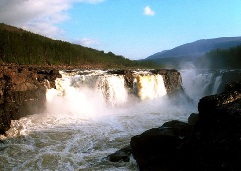
Putoransky State Nature Reserve, Russia
Alexey Butoni/courtesy nhpfund.org
Russia
Putoransky State Nature Reserve
This nature reserve is situated more than 62 miles north of the Arctic Circle in northern Central Siberia, and is a vital migration route for reindeer crossing its tundra and rivers. the Putoransky State Nature Reserve is technically a desert because it rains and snows so little here, though snowfall does tend to linger owing to the icy temperatures.
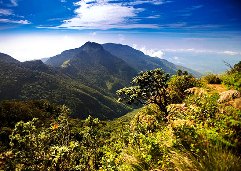
Central Highlands, Sri Lanka
Kevin Clogstoun/Lonely Planet Images/Getty Images
Sri Lanka
Central Highlands
The Sri Lankan leopard, slender loris, and other endangered animals roam the
Sri Lankan highlands. Their forest habitat lies over 8,000 feet above sea level on this teardrop-shaped island off the southern tip of India in the Indian Ocean.
Sri Lankan highlands. Their forest habitat lies over 8,000 feet above sea level on this teardrop-shaped island off the southern tip of India in the Indian Ocean.
See more Pictures of

i like to travel all these wonderful places
ReplyDeleteNice...
ReplyDelete